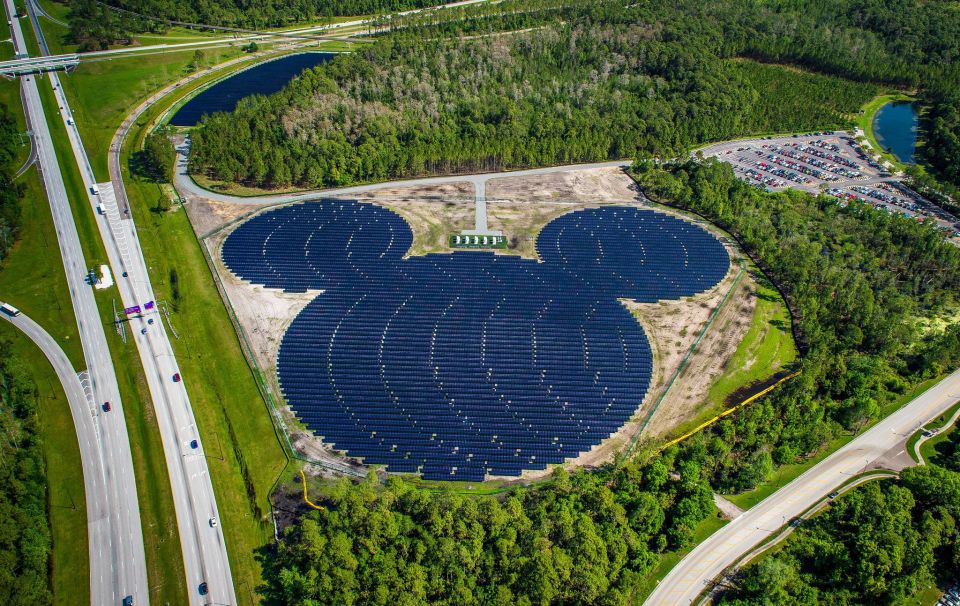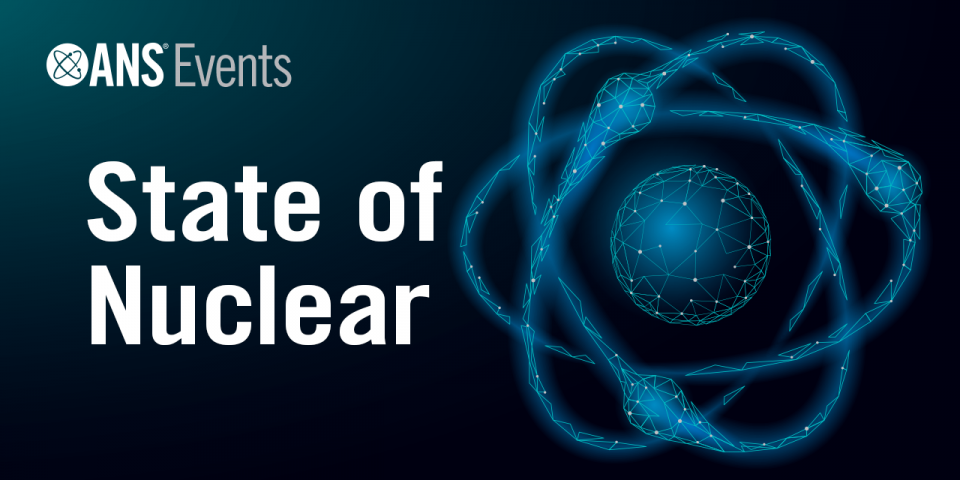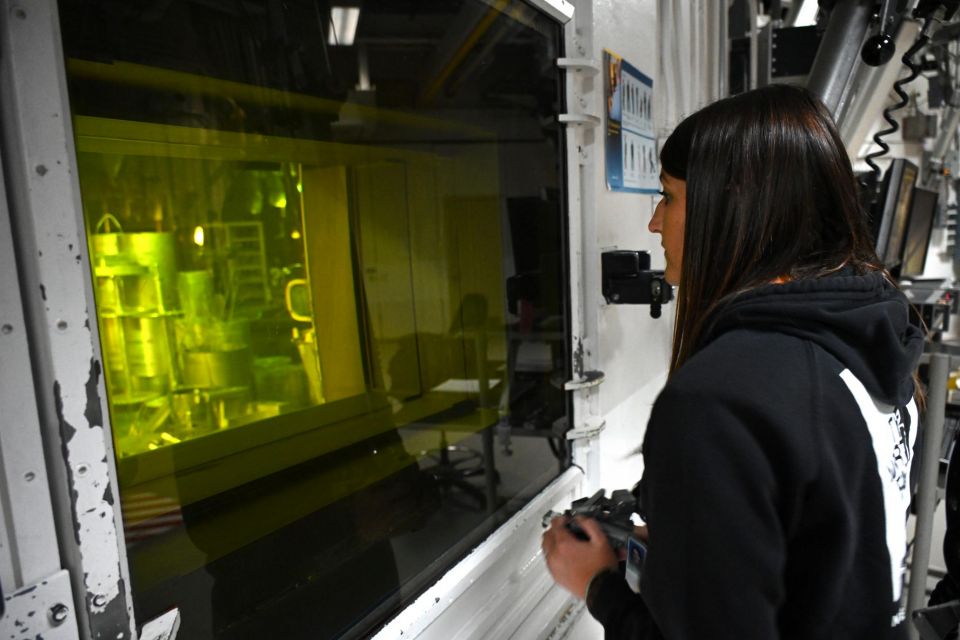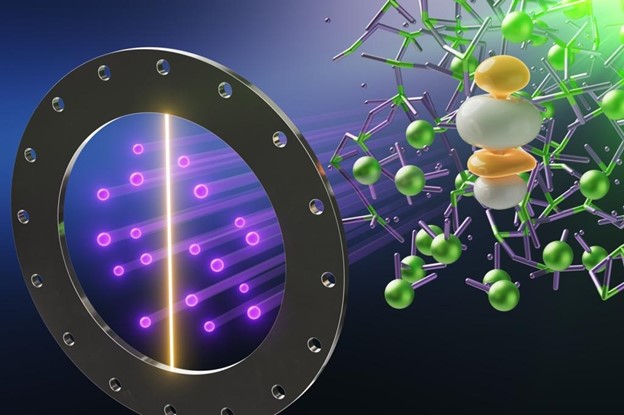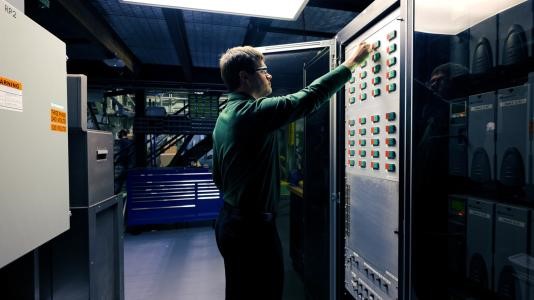Argonne researching “climate-ready” nuclear plant design
Scientists at Argonne National Laboratory have partnered with Washington state–based Energy Northwest to look at alternative ways to cool nuclear reactors as climate change impacts relied-upon water sources.
Argonne will use funding from the Department of Energy’s Gateway for Accelerated Innovation in Nuclear to study climate-ready options for nuclear reactor designs. The goal is to develop a backup plan for nuclear cooling systems in the event that primary water sources are compromised by global warming—and Energy Northwest is partnering in the study to consider cooling options as river conditions may change near its Columbia nuclear power plant in Richland, Wash.
“It’s a very commendable way of thinking about climate change—to plan before doing something versus not thinking about it and trying to adapt afterwards,” Rao Kotamarthi, senior scientist in Argonne’s Environmental Science Division, said of Energy Northwest’s efforts. “A lot of people are confused about how to use the global climate data that exists, to make it actionable. At Argonne, we are working to provide very regional climate data in a form that industry can act on.”
Details: The study is being led by Kotamarthi and Rick Vilim, manager of the Plant Analysis and Control and Sensors Department of Argonne’s Nuclear Science and Engineering Division.
The team will perform impact analyses of risks from a changing climate, such as drought, heat waves, and wildfire. They can also translate what that data means for local, immediate decisions and recalculate the data to demonstrate the effect 25 or 50 years from now. High-performance computing resources at Argonne, such as the Argonne Leadership Computing Facility, a DOE Office of Science User Facility, give the researchers the capability to develop very-high-resolution regional-scale climate model projections. The current model resolution is about 12 kilometers, but newer models in development are expected to get as specific as a 4-kilometer area.
In addition to Energy Northwest, the study includes participation by advanced reactor company X-energy to see how new nuclear technology should be configured for the local climate.
Cooling options: Vilim said local flowing water is the most economical and best way to cool a reactor, which is the current design of Washington’s nuclear plant. But changing climate models predict hotter, drier days in that region, which will affect the volume, flow, and temperature of the Columbia River.
“Dry cooling is not quite as efficient or as economical as wet cooling, but if wet cooling isn’t available, it’s your best option,” Vilim said.
Dry cooling uses ambient air circulated across a reactor’s heat exchangers instead of relying on a river or lake to conduct heat away from a reactor, using fans or physics similar to those in a house chimney or car radiator. Cooler dry air from the environment passes across the much hotter exchanges of a reactor, with the resulting heated air rising away. As this happens, cooler air gets sucked in and lowers the reactor’s overall temperature.
“One of the biggest changes in the U.S. is going to be how precipitation like rain, snow, and other precipitation events happen,” Kotamarthi said. “We may have really intense events with large amounts of rainfall in a very short time, followed by periods of no rain. These flash floods and flash droughts will make managing water a completely different task.”



